by Georgia Gifford for Ethical Fashion Review
If you feel like there’s a new buzzword about sustainability emerging every day, well… you’re not alone. It can be difficult to keep up sometimes, but never fear! We’re here to give you the rundown so that you can stay your cool knowledgeable self.
What is a Circular Economy?
Circular economics isn’t exclusive to the fashion industry. It’s an emerging school of thought that gives an alternative to the traditional linear economy that we’re used to (make, use, dispose). Instead, a circular economy uses resources for as long as possible, extracts the maximum value from them whilst in use and regenerates products and materials at the end of their life. If designed perfectly, the circular economy will produce zero material waste.
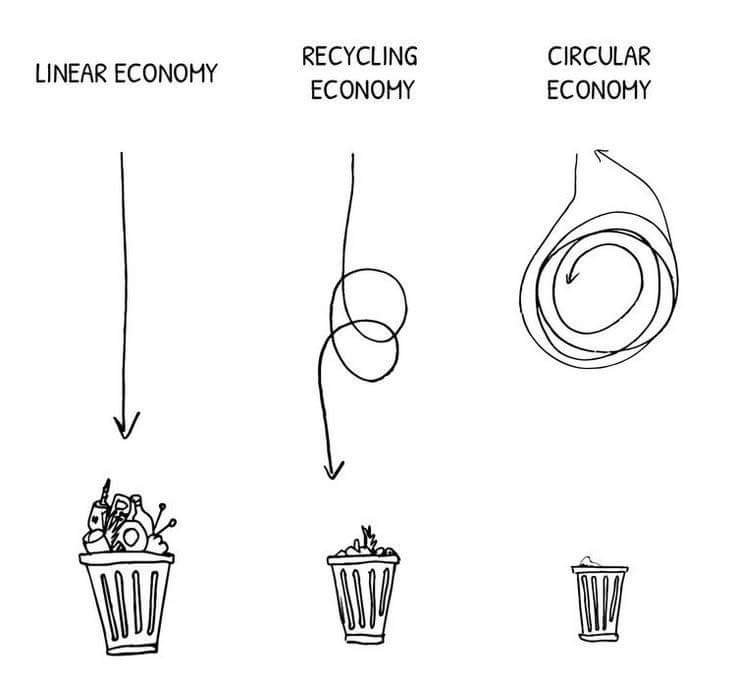
Via ecomono.com.au
What’s Fashion Got To Do With It?
It turns out, a lot. As we know, the apparel industry is one of the most polluting in the world. But it’s also an industry ripe and ready for circular economics. Here are some of the ways the fashion industry is moving towards a circular economy.
1. Design
Sustainable fashion starts with design. Circular design is when garments are created with the end of their life in mind. Whether that be components that are easily disassembled and separated for repair, remake, or reuse by recycling.
2. Quality
Quality is arguably the most important part of a sustainable wardrobe. Buying high quality items means you’re less likely to dispose of them so quickly – more wears equals less landfill!
3. Natural & Biodegradable
Using natural raw materials that are biodegradable and non-toxic means that a piece of clothing can be composted and returned to organic matter at the end of its life.
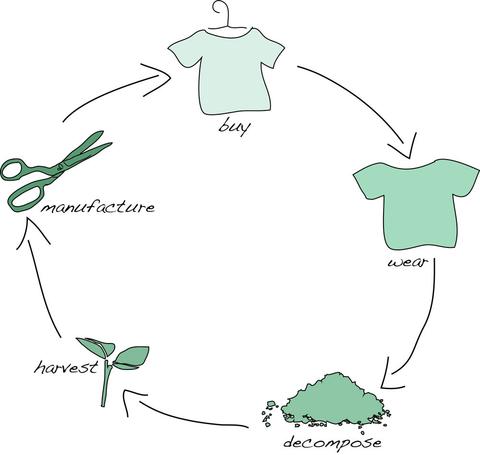
Image: greenstitched.com
4. Recycled & Upcycled
While producing raw, virgin synthetic fibres is completely unsustainable, there is a saving grace for the synthetic fibre family – recycling. Reusing resources that already exist is inherently circular and sustainable. Many sustainable designers are turning to non-toxic recycled synthetic fibres such as recycled polyester for products like swimwear and active-wear.
5. Zero Waste
Clothing production produces an enormous amount of waste. Whether it be water, energy, chemicals or fabric off-cuts, tonnes and tonnes of waste is produced by the fashion industry every day. Circular production processes can both reduce waste and use existing waste as a resource in some way. Technologies like ‘Ozone’ washing can reduce water consumption, while textile recycling can re-use fabric waste from the cutting process.
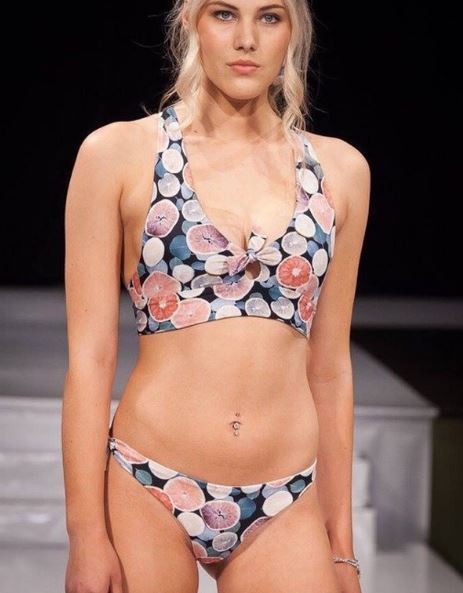
Elle Evans is one Australian swimwear brand using Econyl® which diverts pre & post-consumer waste into new fabrics. Image: Instagram – @elleevansswimwear
6. Vintage & Second-hand
If it already exists, you’re one step ahead of the pack. Reducing our demand for new products produced with raw, virgin materials is a ‘circular consumer’ mentality that has unintentionally been around for a long time. So get thrifting!
How Can You Become a Circular Consumer?
Begin by being more thoughtful. There is no perfect solution or way of becoming a more sustainable consumer. I would start by choosing which criteria means the most to you. Maybe it’s an investment piece of impeccable quality or maybe it’s raiding your local thrift store for the perfect vintage Levi’s. The fact that you made it to the bottom of this article means you’re already on track!
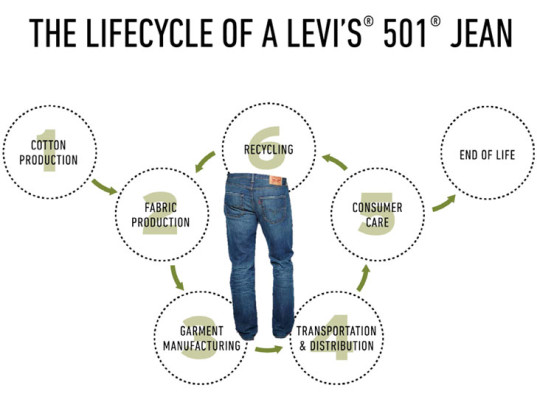
Via inhabitat.com
Georgia Gifford is an aussie ex-pat living abroad who writes about all things ethical fashion at Eko10.com, which she created to promote ethical and sustainable living in a fun yet thought-provoking way.

Georgia Gifford – Eko10.com
Definitely a rising star in the ethical fashion community. Thank you Georgia for keeping us up-to-date on the latest buzz word in the ethical fashion space!
Further reading and important resources regarding the evolution of Fashion into a Circular Economy are provided below;
- https://circularfashion.com/ – online platform launched in 2015 to promote sustainable and circular fashion, developed and owned by consultancy firm Green Strategy
- Australian Circular Fashion Conference – Sydney, 22 March 2018
- Ellen Macarthur Foundation – Report & Circular Economy innovation for the Textiles industry
Edited by Sophie Newman for Ethical Fashion Review™.

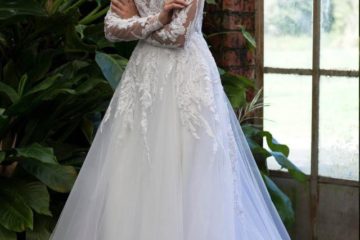

1 Comment
The Easy Guide to going Plastic-free this July (and beyond!) – Ethical Fashion Review™ · 11 April 2019 at 1:06PM
[…] option is a bag that reuses existing materials (example below) or one that contributes to a ‘circular economy‘ and can re-enter the environment by bio-degrading safely or naturally composting […]
Comments are closed.